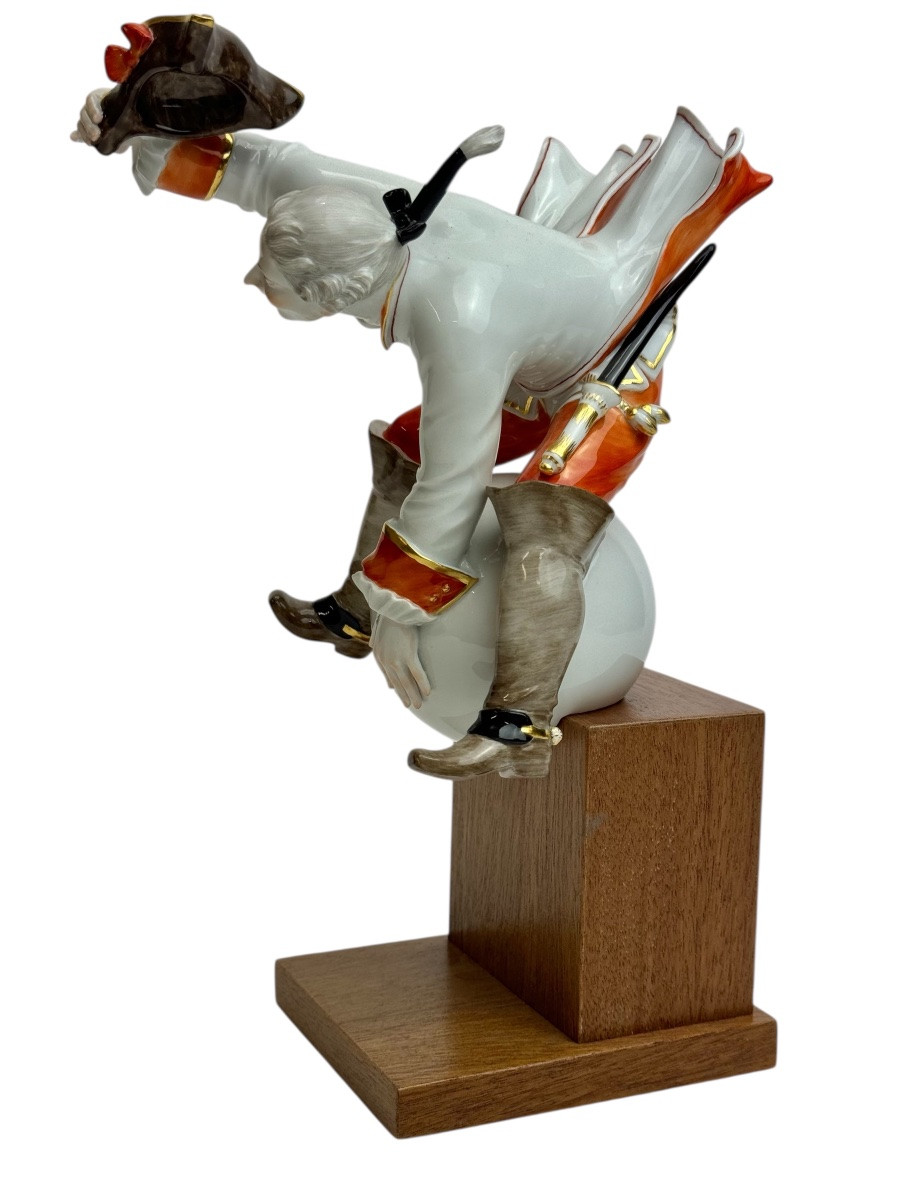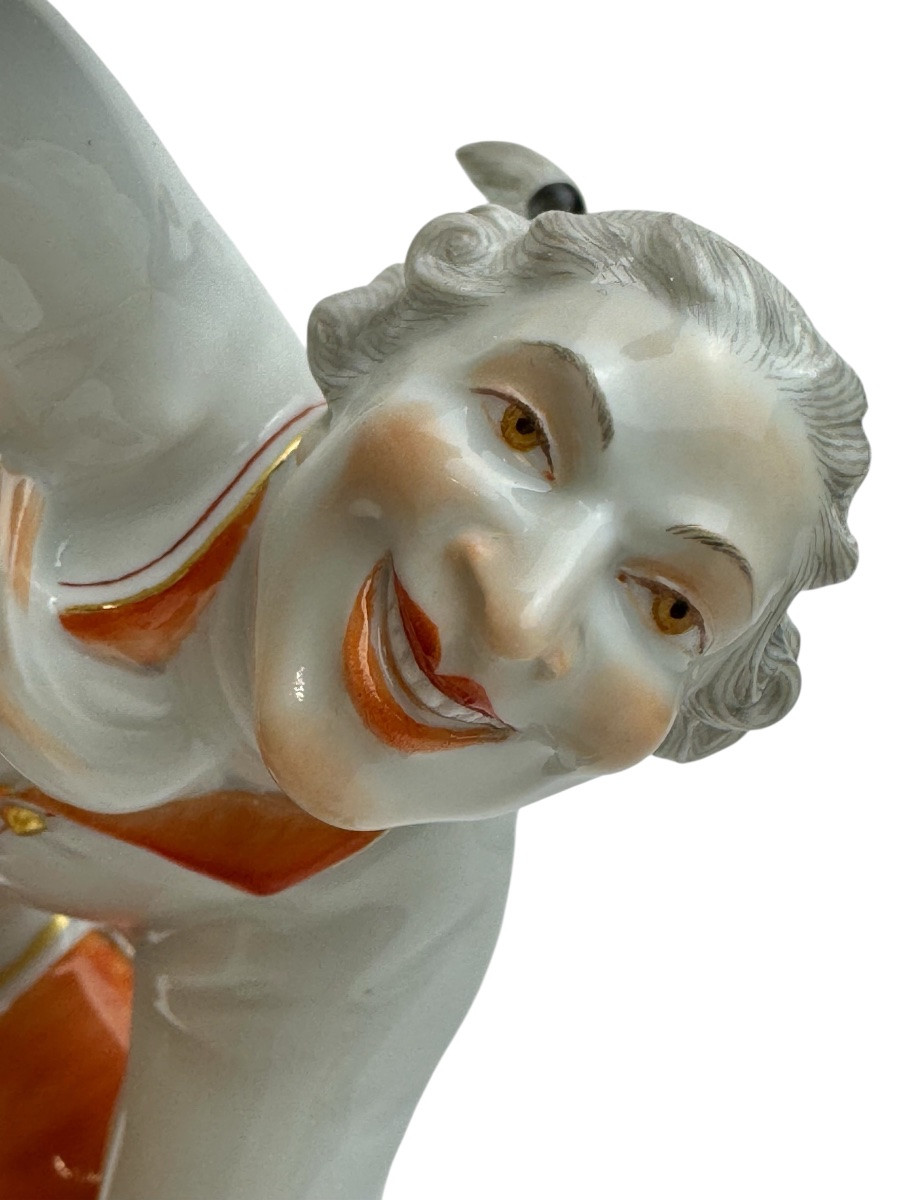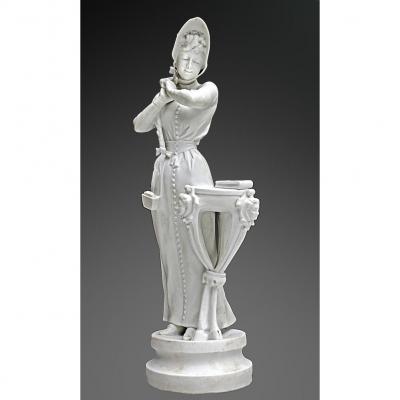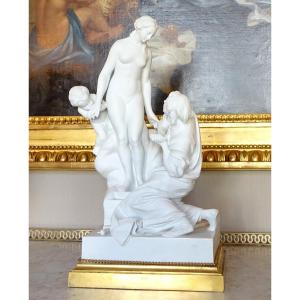Karl Friedrich Hieronymus Freiherr von Münchhausen was born in the region belonging to the Electorate of Brunswick-Lüneburg. Chancellor of the University of Göttingen, he was, in his youth, a page to Prince Anton Ulrich of Brunswick-Wolfenbüttel, whom he followed in 1740 to become a mercenary in the Russian army. He fought for ten years in the army of Elizabeth I of Russia against the Turks of the Ottoman Empire in Crimea. In 1750, he was appointed captain of cavalry before leaving the Russian army. Returning to Germany, he settled in the castle where he was born in Bodenwerder and lived the life of a landowner. In the original 1785 work, the German writer Rudolf Erich Raspe collected, organized, and published these accounts of Baron Münchhausen's "extraordinary" adventures (during his lifetime) in English as Baron Münchhausen's Narrative of his Wonderful Travels and Campaigns in Russia. The Baron's extraordinary tales constitute the rebirth of a collective imagination amplified by the admiration of a soldier nostalgic for his great deeds. One of the most famous stories, and the inspiration for this porcelain piece by Alexander Struck, tells of the Baron traveling to the moon on a cannonball. His fate became as legendary as that of his German colleague, Cyrano de Bergerac, earning him the reputation of an exceptional storyteller, if not a madman.



























 Le Magazine de PROANTIC
Le Magazine de PROANTIC TRÉSORS Magazine
TRÉSORS Magazine Rivista Artiquariato
Rivista Artiquariato
